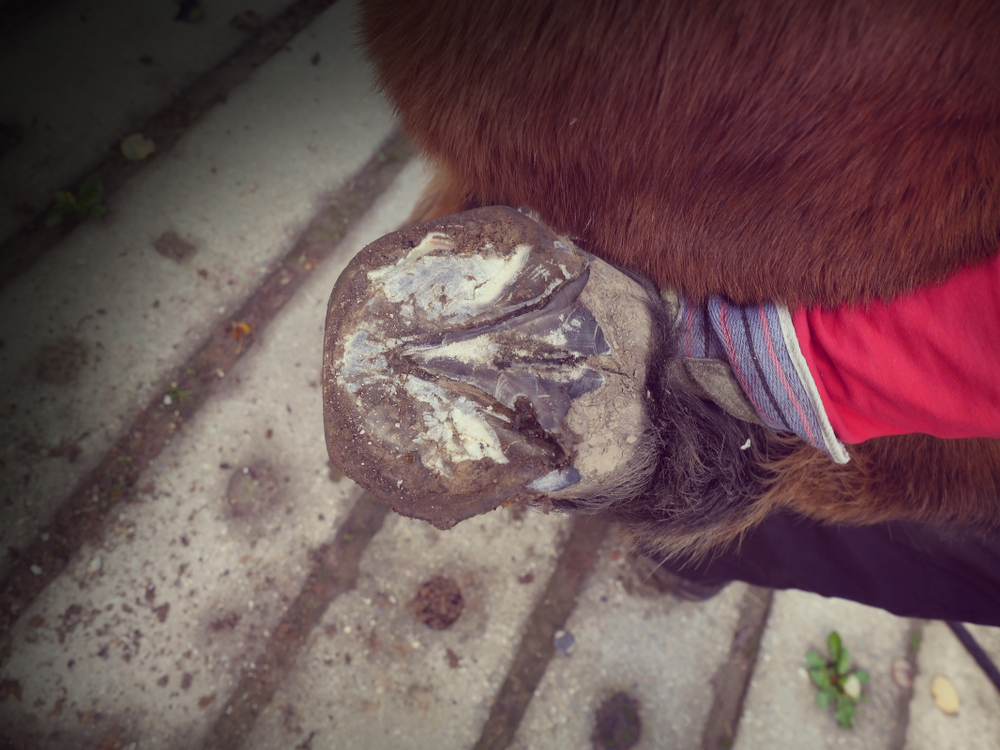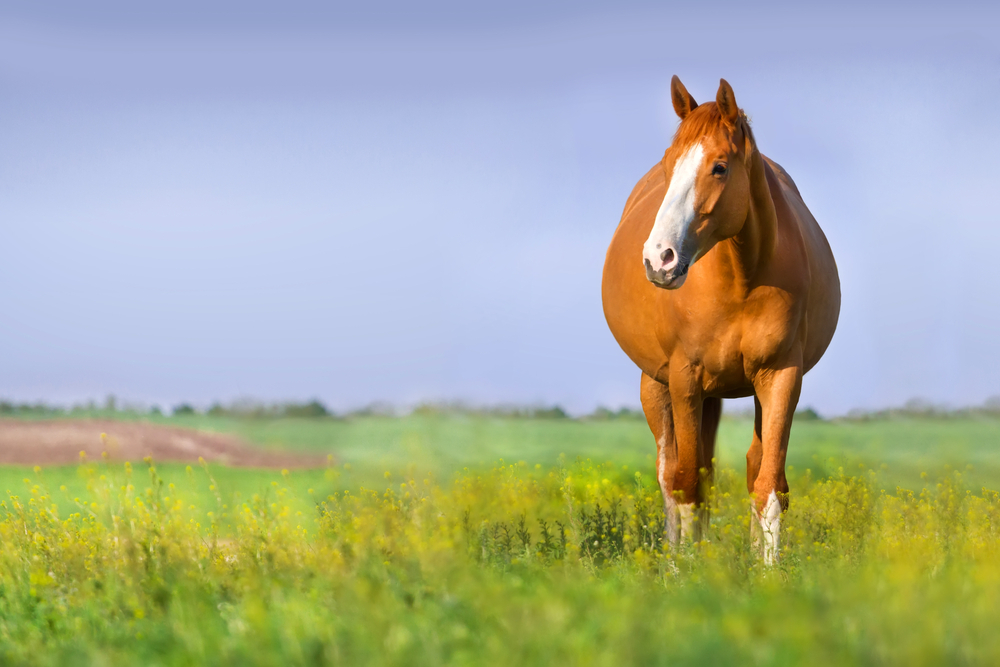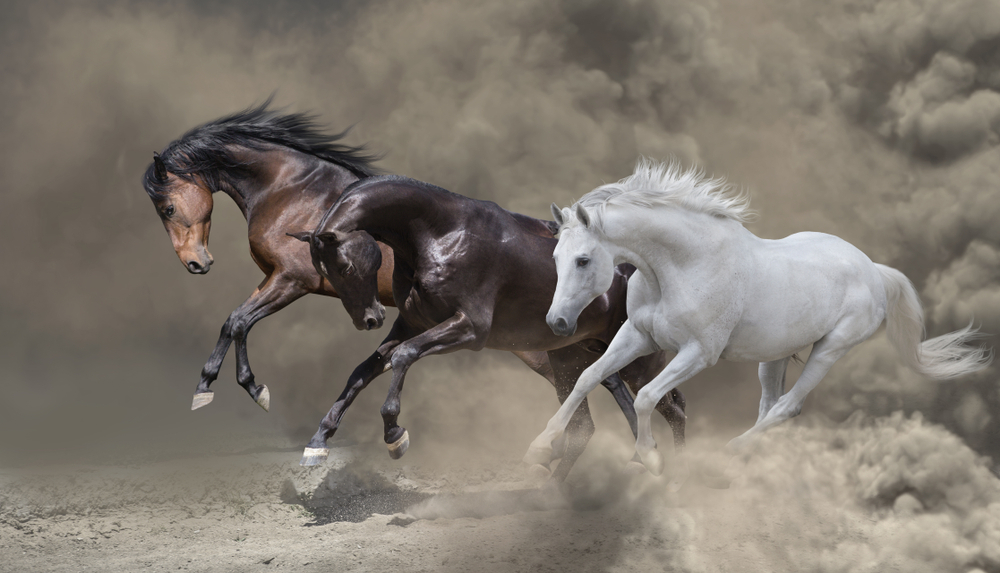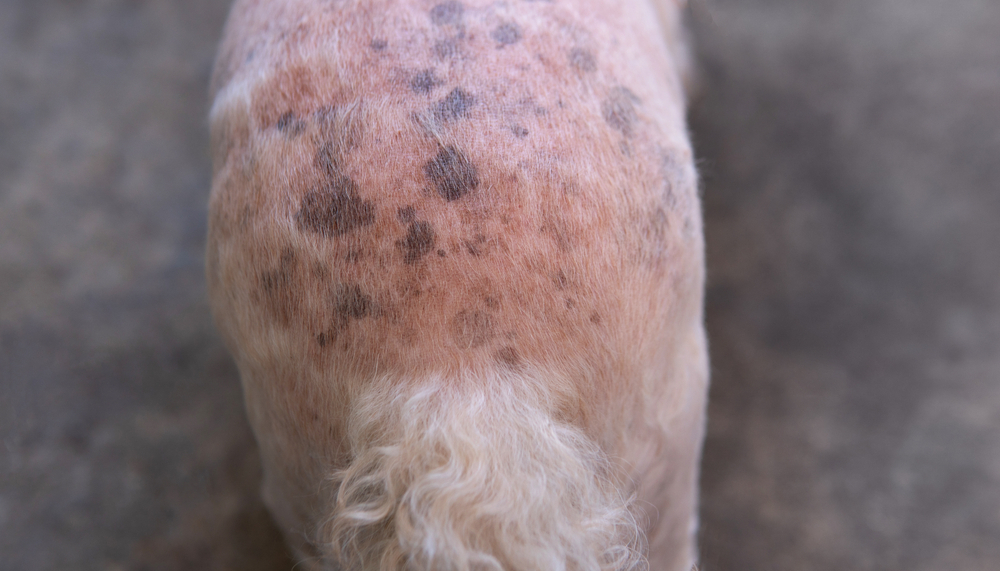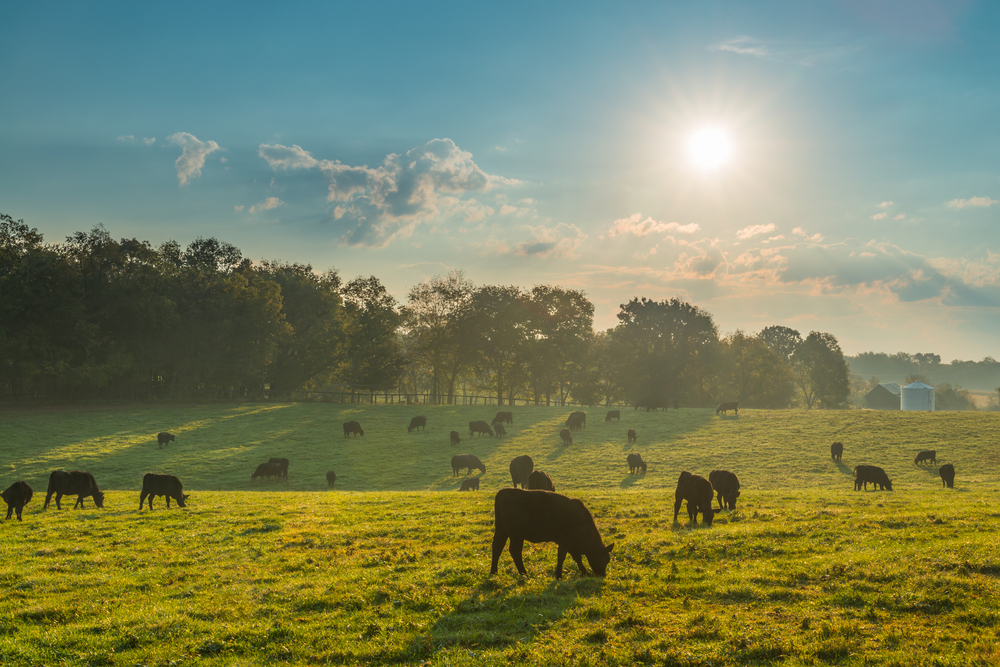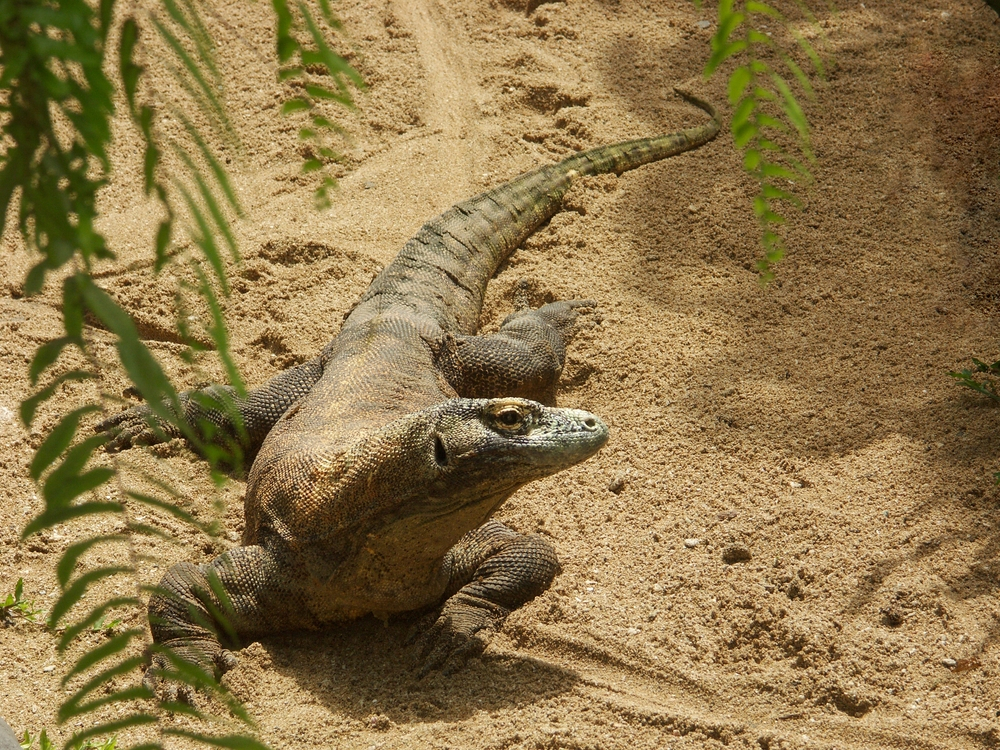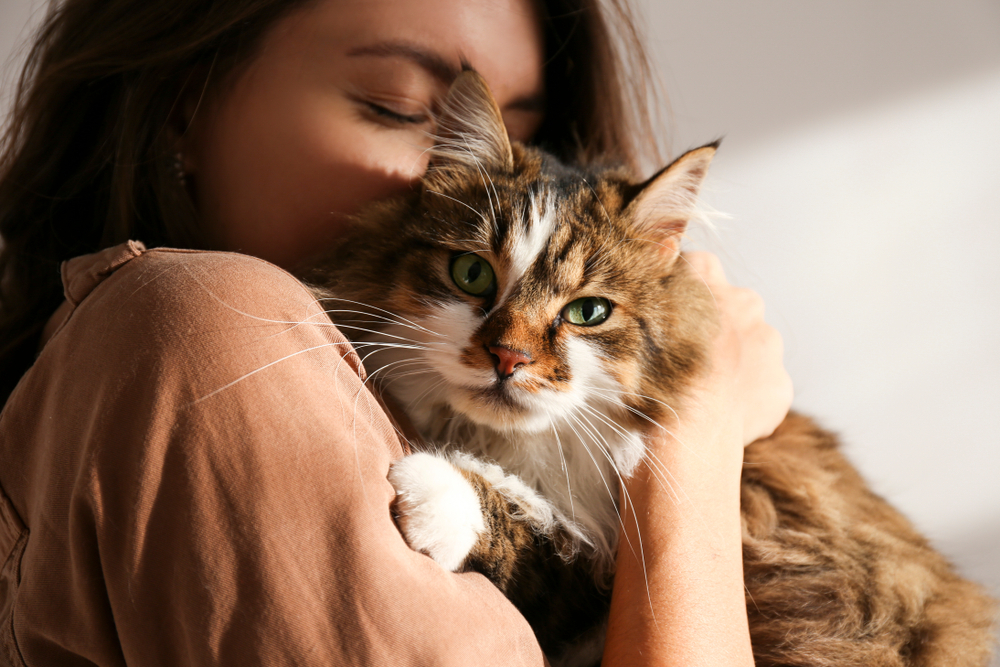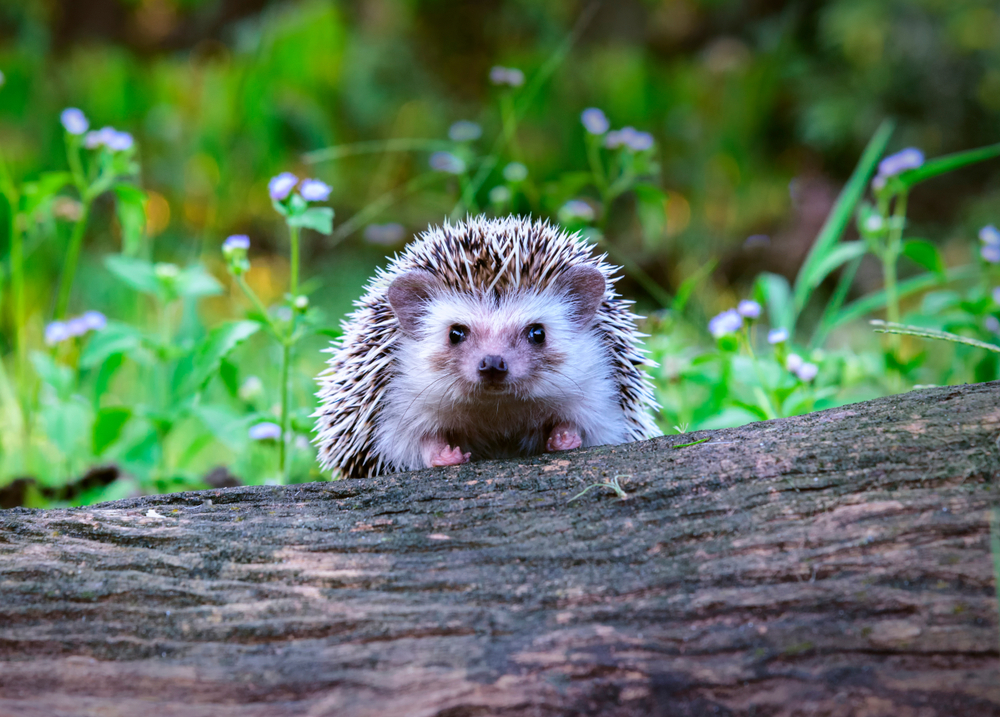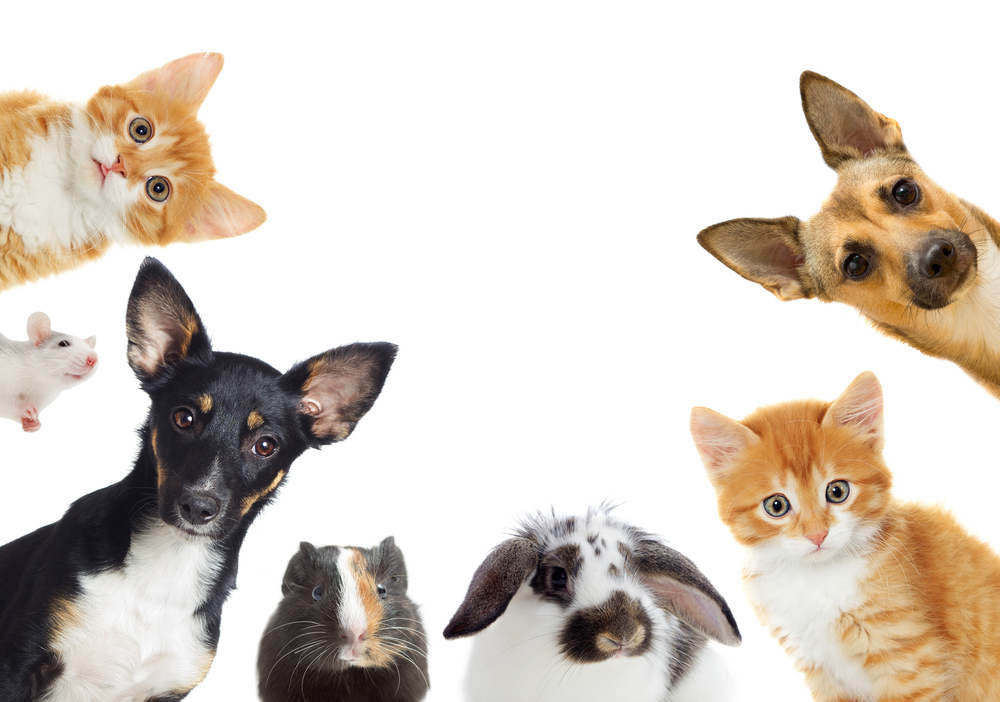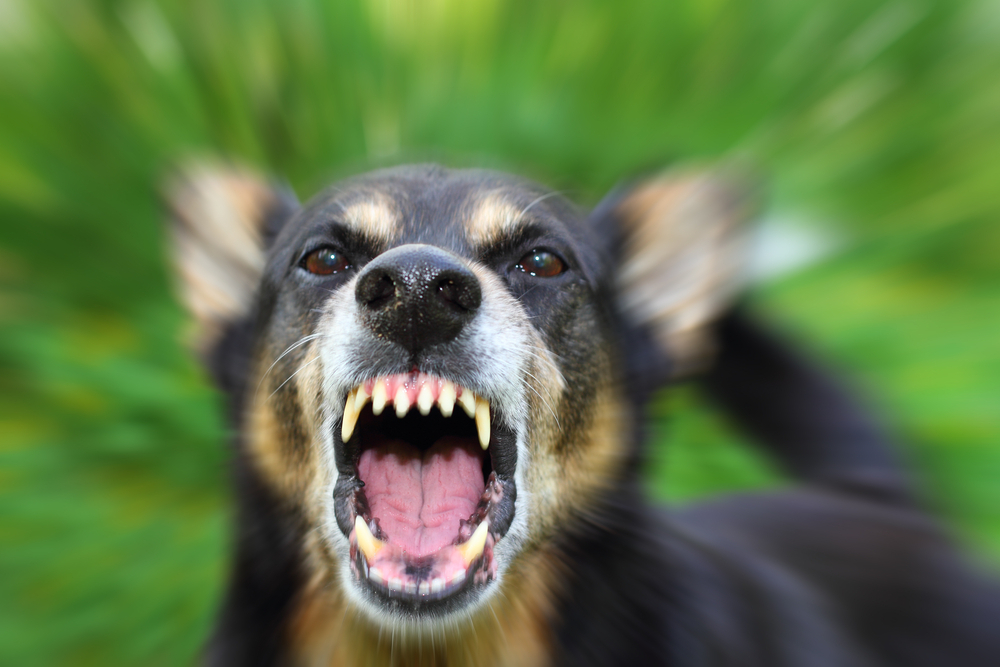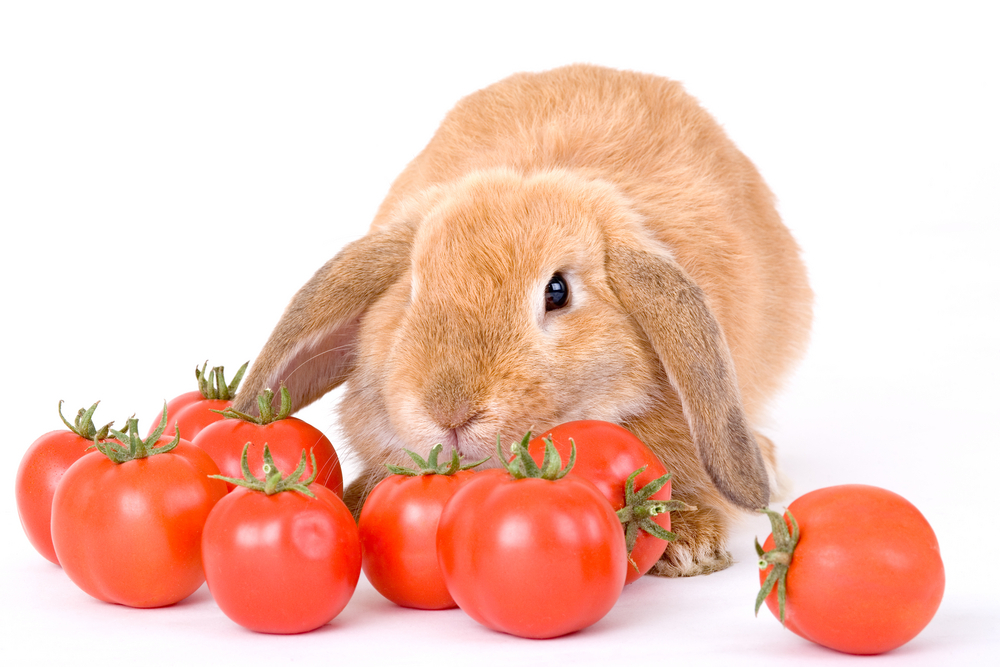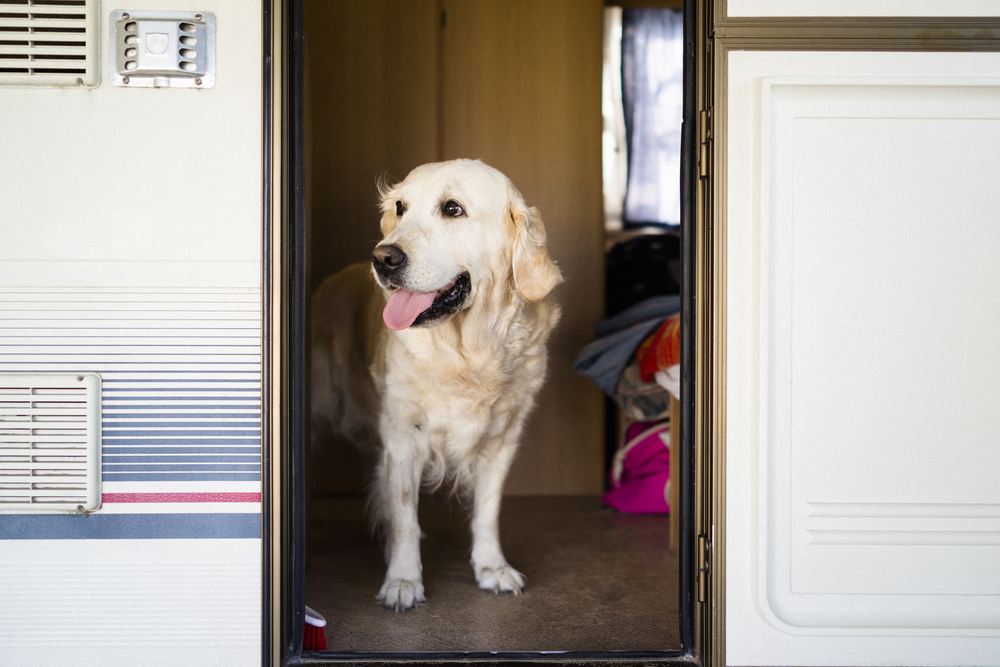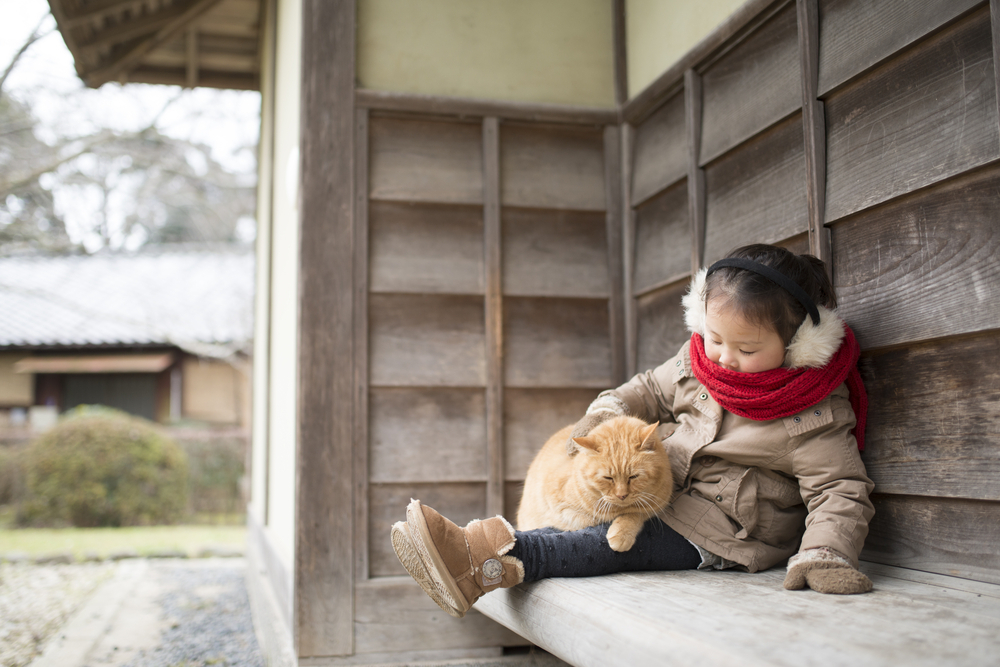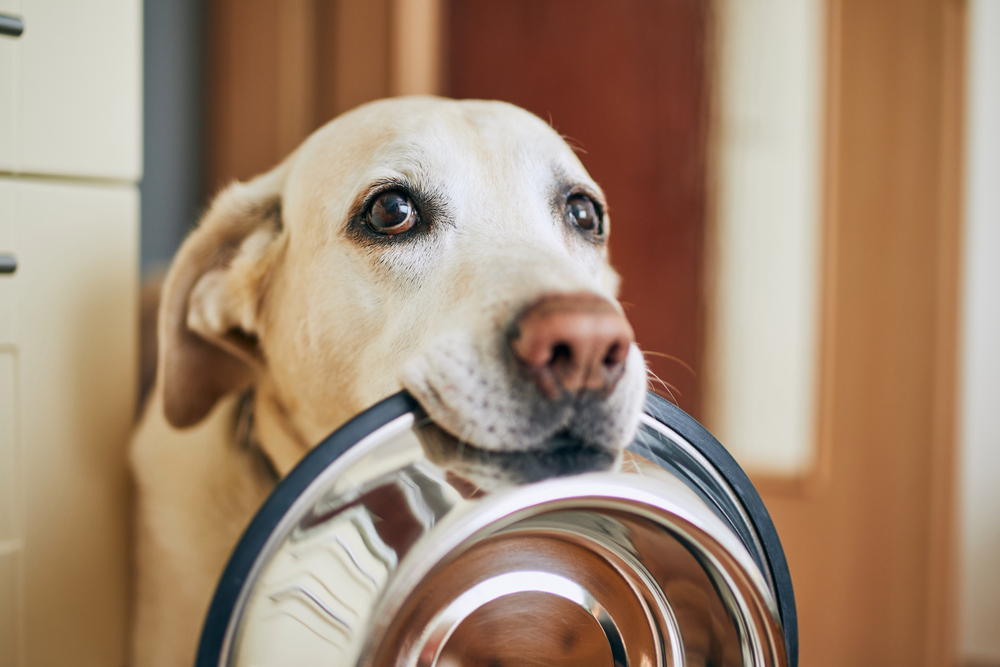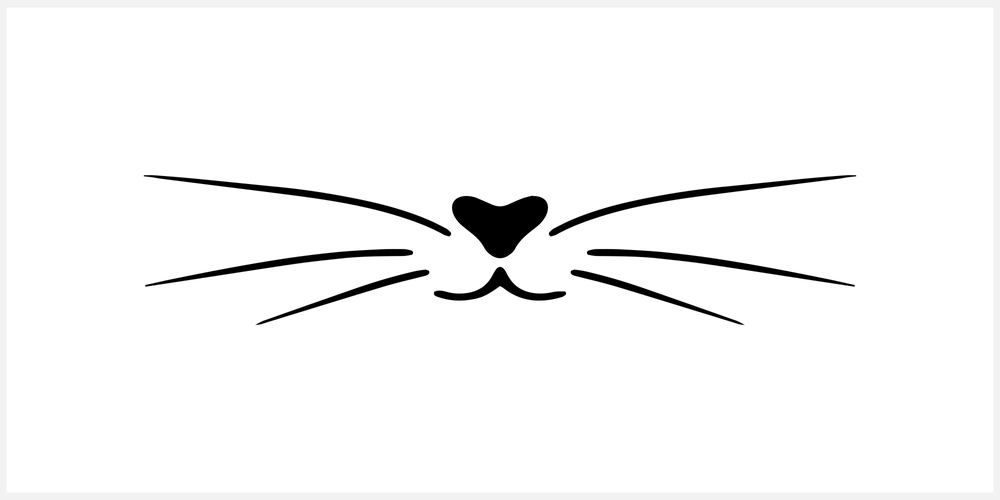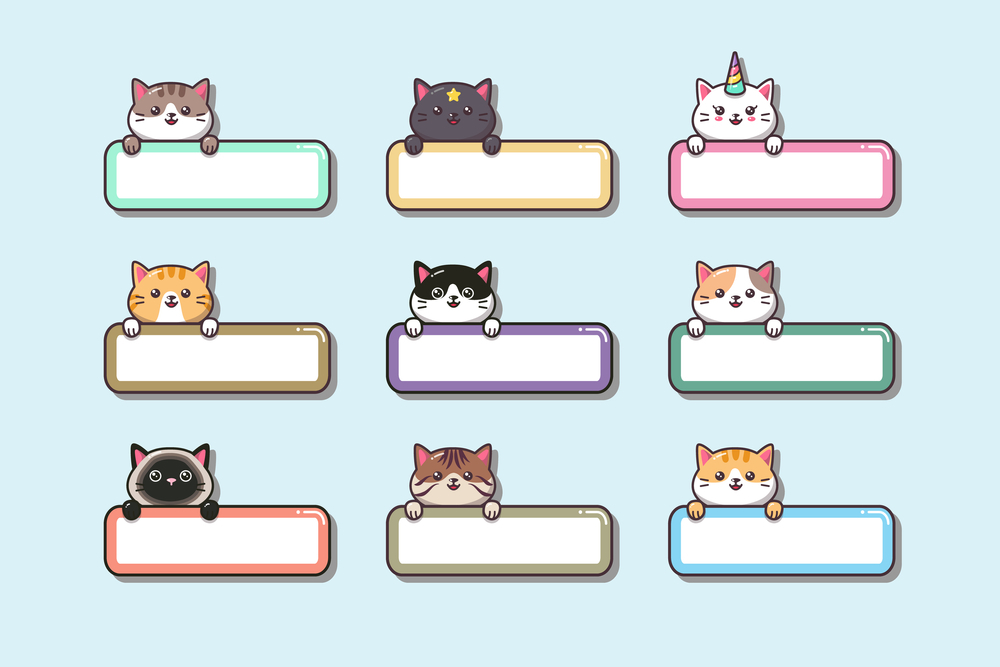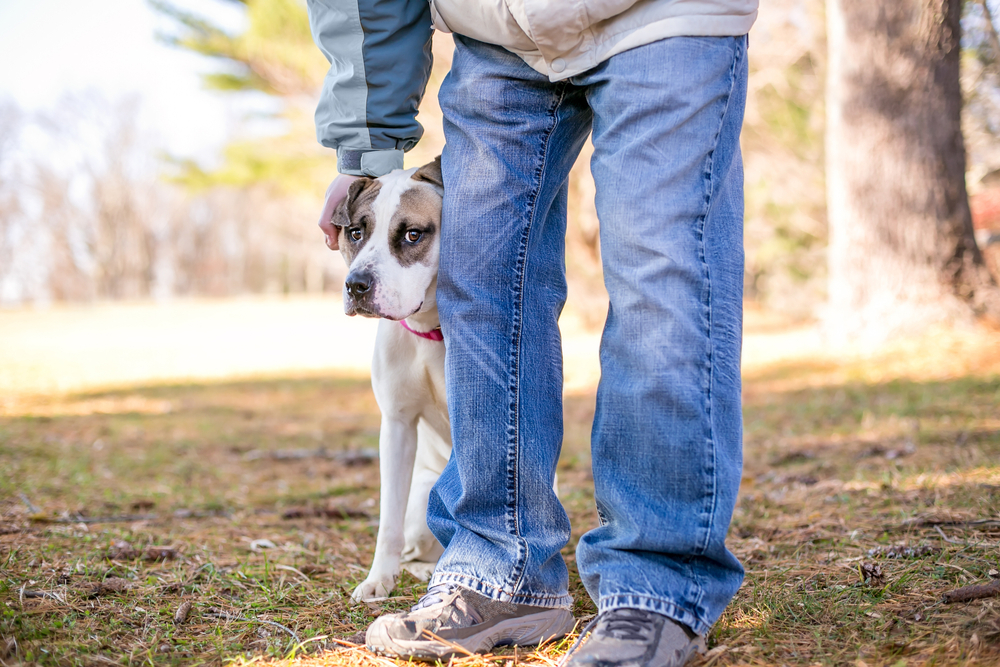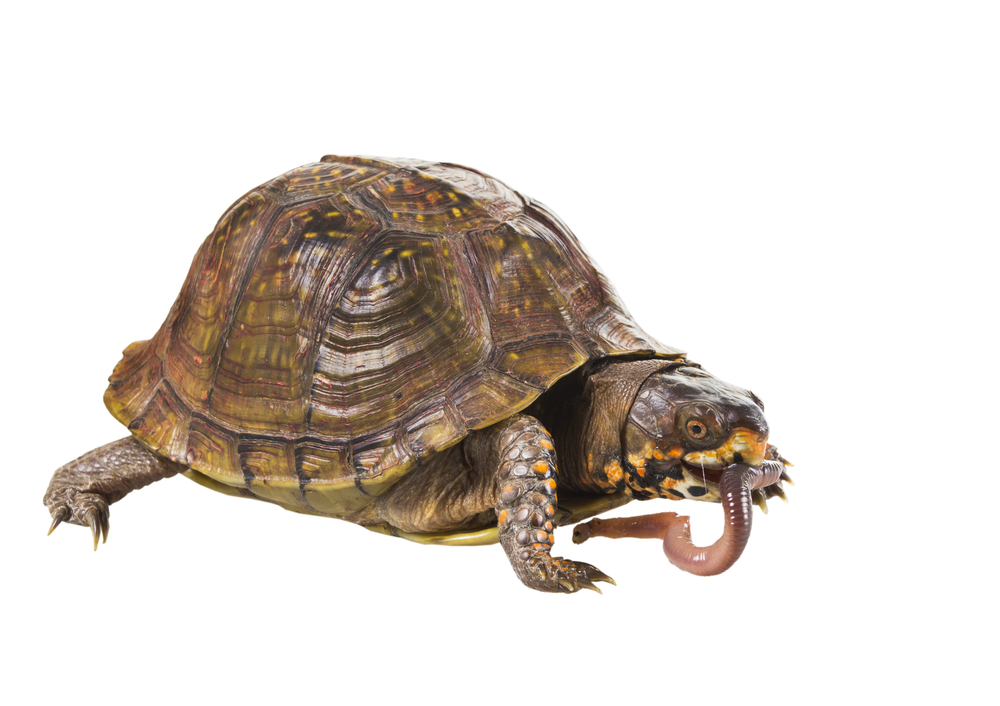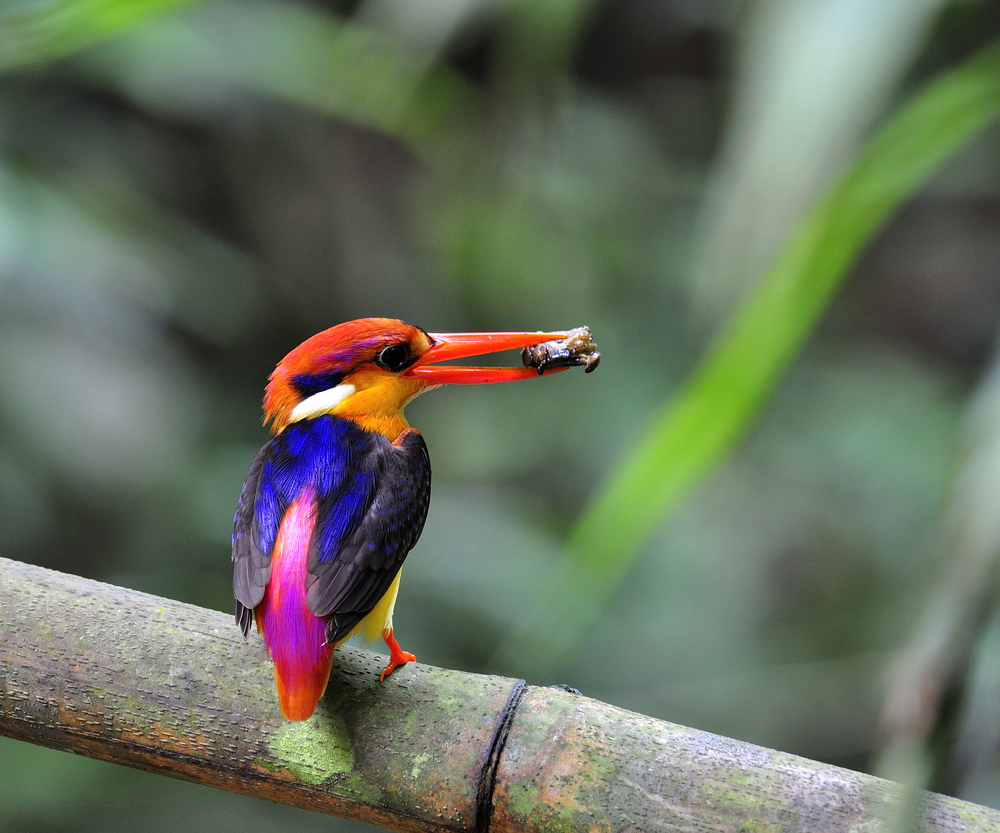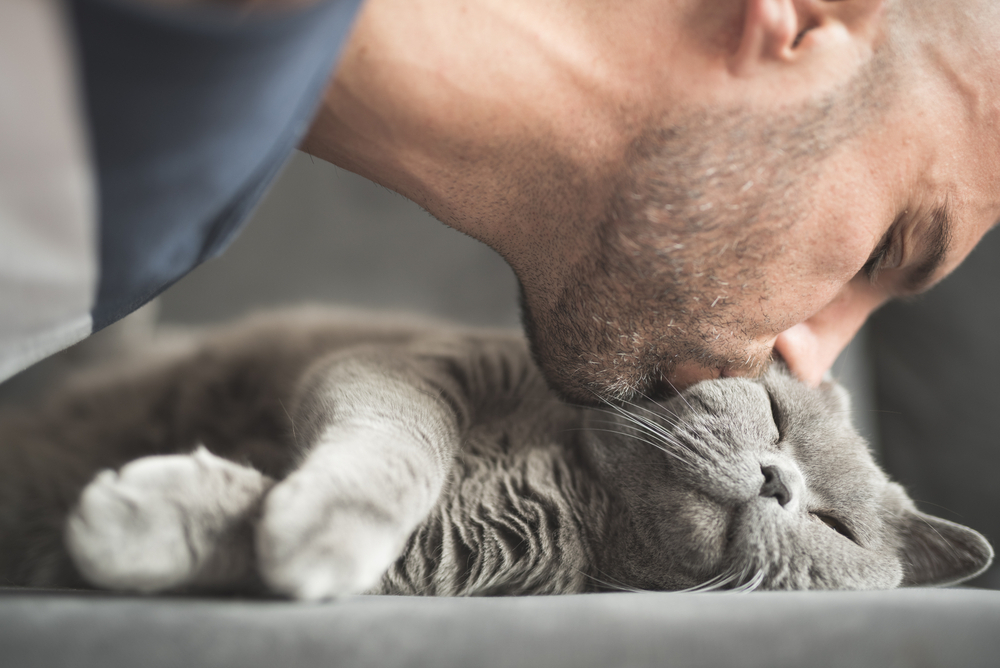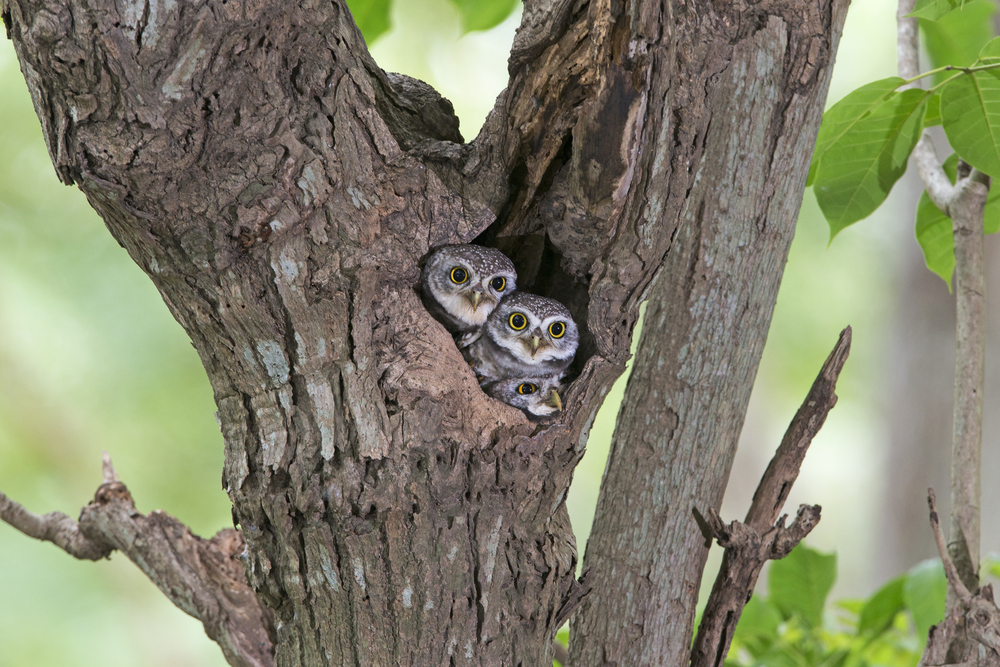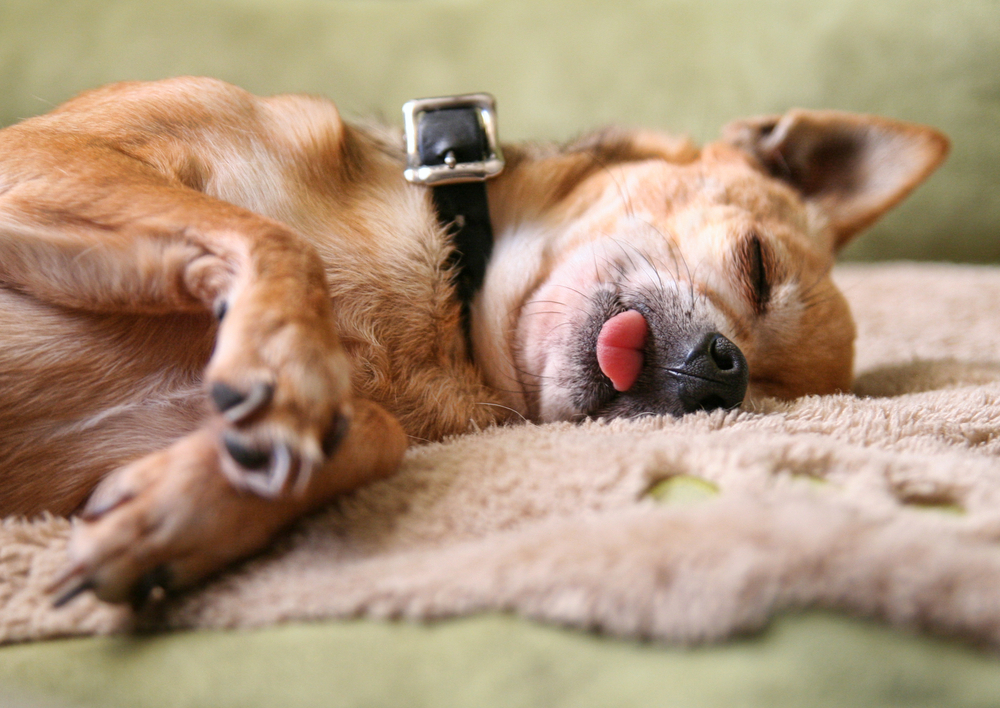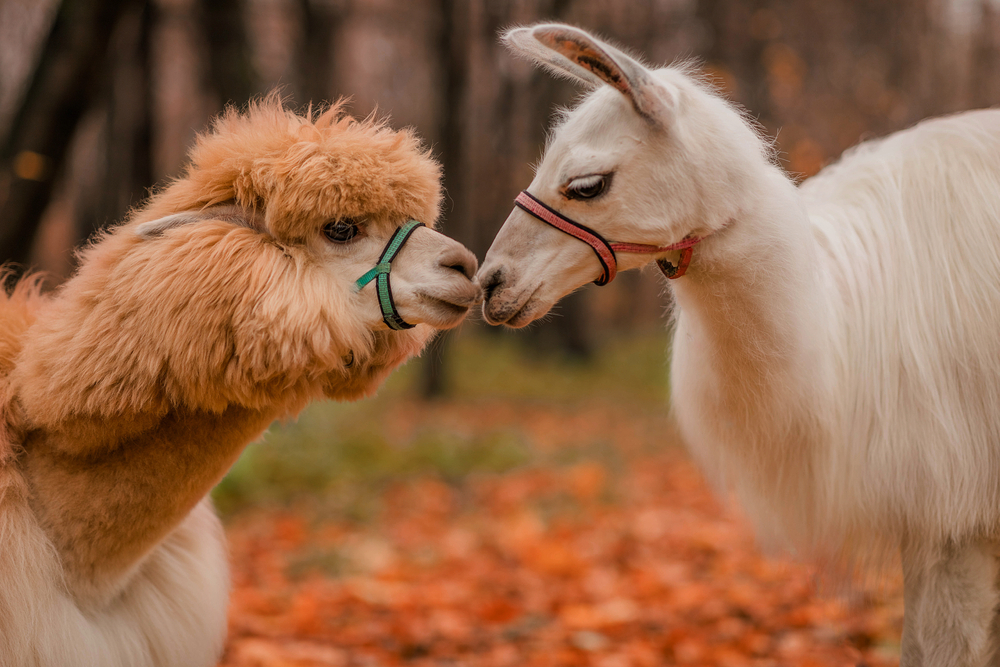Horse Breeding Mount: A Comprehensive Guide to Safe and Effective Equine Reproduction
By  Maria Fernandes |
Last updated: Apr 28 2023
Maria Fernandes |
Last updated: Apr 28 2023
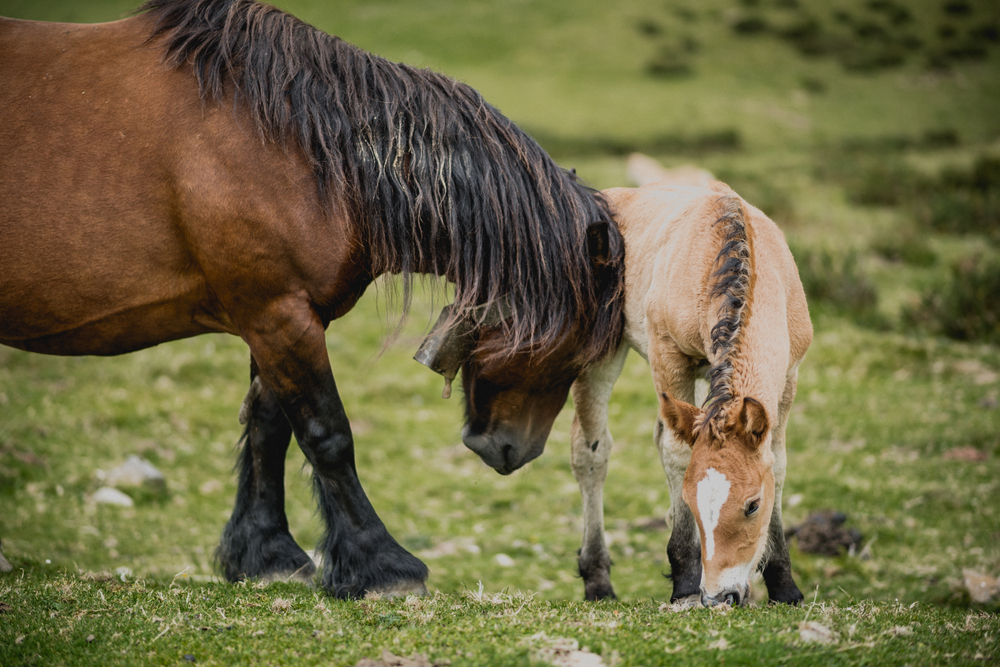
Horse breeding is both an art and a science, with a long history of tradition and innovation. As the equestrian world evolves, so too do the techniques used in breeding. One such advancement is the introduction of horse breeding mounts, which have transformed the way horses are bred, increasing safety and effectiveness. In this comprehensive guide, we’ll delve into the world of horse breeding mounts, exploring their purpose, advantages, selection process, proper use, and care. Whether you’re a seasoned breeder or just starting in the equine industry, this article will provide valuable insights to help you achieve success in your breeding endeavors.
Related Article: Best Horse Movies On Netflix
Understanding Horse Breeding Mounts
Before diving into the benefits and selection process, it's crucial to understand what a horse breeding mount is and why it's used in modern breeding practices
Definition and purpose of horse breeding mounts
A horse breeding mount, also known as a phantom mare or dummy mare, is a device designed to simulate a mare during breeding. It provides a safe, stable platform for the stallion to mount and breed without causing harm to a live mare or the stallion himself. Horse breeding mounts have become increasingly popular in the equine industry due to their ability to enhance safety and improve conception rates.

Types of breeding mounts: natural cover vs artificial insemination
There are two primary methods for breeding horses: natural cover and artificial insemination. Natural cover refers to the traditional method of breeding, where the stallion mounts the mare and breeds her directly. On the other hand, artificial insemination involves collecting semen from the stallion, which is then used to inseminate the mare.
Horse breeding mounts can be used for both natural cover and artificial insemination. In the case of natural cover, the stallion mounts the breeding mount instead of a live mare, and the semen is collected using an artificial vagina. For artificial insemination, the stallion is trained to mount the breeding mount, and the semen is collected in a similar fashion. The collected semen can then be used to inseminate one or multiple mares.
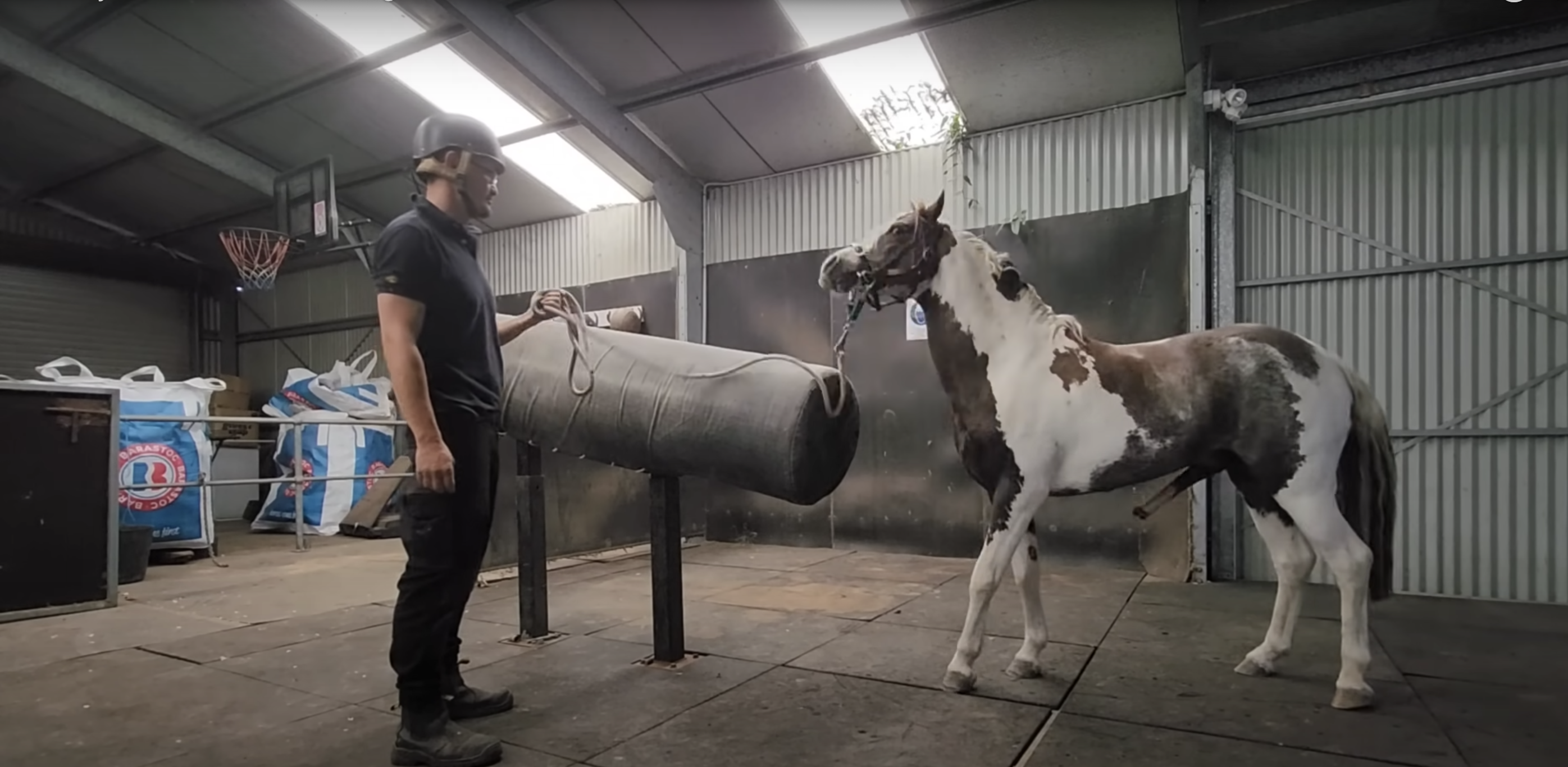
Advantages of Using Horse Breeding Mounts
The use of horse breeding mounts offers several benefits, making them an essential tool in modern equine reproduction.
Safety for both horses and handlers
One of the most significant advantages of using a breeding mount is the increased safety it provides for both horses and handlers. Breeding can be a dangerous process, with the potential for injury to both the stallion and the mare. By using a breeding mount, the risk of injury is significantly reduced, as the stallion is less likely to become aggressive or agitated during the breeding process. Additionally, handlers can maintain a safe distance from the horses, minimizing the risk of injury.
![]()
Improved conception rates
Breeding mounts can lead to improved conception rates by ensuring optimal breeding conditions. The breeding mount allows for better control over the breeding process, ensuring that the stallion's semen is collected and deposited with precision. This, in turn, can lead to higher conception rates and a more successful breeding program.
![]()
Reduced risk of injury
As previously mentioned, using a breeding mount can significantly reduce the risk of injury for both the stallion and mare during breeding. By eliminating the need for direct contact between the two horses, the chances of injury resulting from kicking, biting, or other aggressive behaviors are minimized.
![]()
Controlled breeding environment
Horse breeding mounts allow for a controlled breeding environment, ensuring that both the stallion and mare are in optimal conditions for successful reproduction. This controlled environment can help to reduce stress for both horses, leading to a more successful breeding process.
![]()
Selecting the Right Horse Breeding Mount
Choosing the right horse breeding mount is essential for ensuring the safety and effectiveness of your breeding program. Here are some key factors to consider when selecting a breeding mount:
A. Key features to consider
Size and adjustability: It's crucial to select a breeding mount that can accommodate the size of your stallion. Look for mounts with adjustable height and width options to ensure a proper fit for various horse sizes.
Material and durability: Choose a breeding mount made from durable materials that can withstand the rigors of repeated use. High-quality materials such as steel, heavy-duty foam, or rubber can provide the necessary stability and longevity.
Ease of use and maintenance: A breeding mount should be easy to set up, clean, and maintain. Look for mounts with clear instructions and minimal maintenance requirements to ensure a smooth and efficient breeding process.
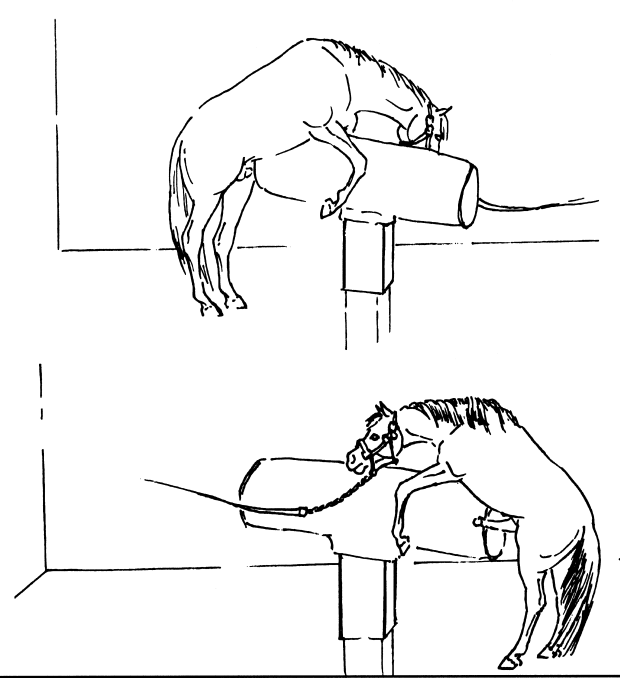
Top brands and manufacturers
Several reputable brands and manufacturers offer high-quality horse breeding mounts. Some popular options include:
Breeder's Choice
Known for their sturdy and adjustable breeding mounts, Breeder's Choice offers a range of options suitable for various horse sizes and breeding methods.

Reproduction Resources
Reproduction Resources specializes in horse breeding mounts designed for ease of use and durability. Their products are suitable for both natural cover and artificial insemination.
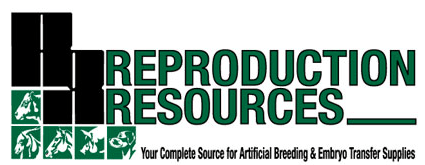
Exodus
Exodus offers a selection of breeding mounts that prioritize safety and stability. Their mounts are suitable for a variety of horse breeds and sizes.

Proper Use and Care of Horse Breeding Mounts
To ensure the success of your breeding program, it's essential to use and maintain your breeding mount properly.
Setting up the breeding mount
When setting up your breeding mount, follow the manufacturer's instructions to ensure proper assembly and stability. Ensure that the mount is positioned on a level surface and that all safety features, such as straps and buckles, are secured.
![]()
Ensuring the safety of horses and handlers
Safety should always be a top priority during the breeding process. Handlers should wear protective gear, such as helmets and boots, to minimize the risk of injury. Additionally, both the stallion and mare should be well-handled and comfortable around the breeding mount before beginning the breeding process.
![]()
Cleaning and maintenance tips
Regular cleaning and maintenance of your breeding mount will help to prolong its lifespan and ensure a safe and hygienic breeding environment. After each use, clean the mount with warm water and mild soap, removing any debris or residue. Inspect the mount regularly for signs of wear or damage, and replace any worn or broken parts as needed.
![]()
Case Studies and Success Stories
The use of horse breeding mounts has led to numerous success stories in the equine industry, showcasing their value in modern breeding programs.
A. Real-life examples of successful horse breeding using mounts
1. A Thoroughbred breeding farm in Kentucky has reported increased conception rates and reduced injuries since incorporating breeding mounts into their program.
2. A Quarter Horse breeder in Texas has credited breeding mounts with improving the safety of their breeding process, reducing the risk of injury to both horses and handlers.
Lessons learned from experienced breeders
Experienced breeders who have successfully implemented horse breeding mounts in their programs often emphasize the importance of proper training, patience, and consistency. By ensuring that both the stallion and mare are comfortable with the breeding mount, breeders can maximize the safety and effectiveness of their breeding process.
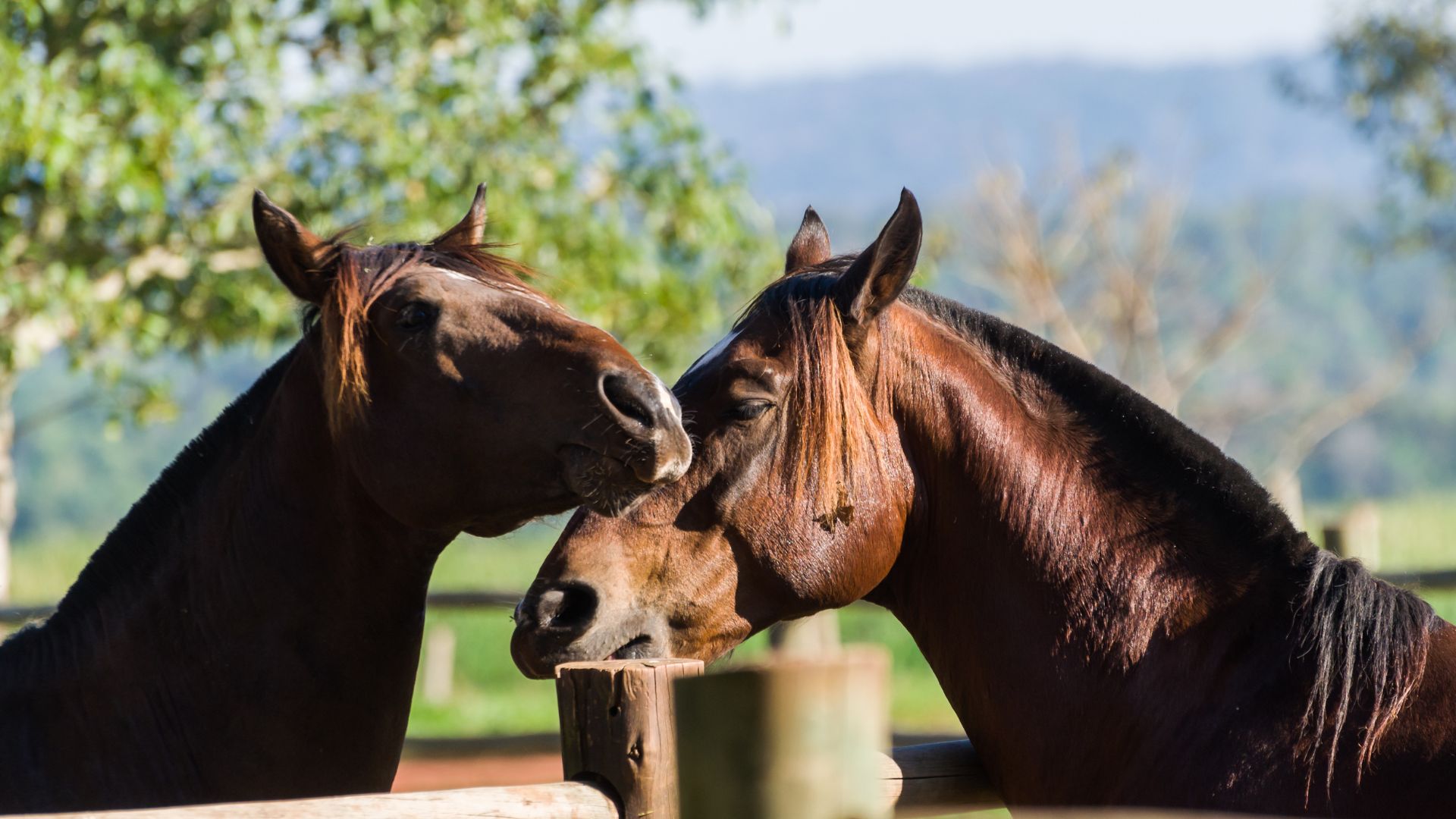
Conclusion
Incorporating horse breeding mounts into your equine reproduction program can lead to numerous benefits, including improved safety, increased conception rates, and reduced injury risk. By selecting the right mount, ensuring proper use and care, and learning from the experiences
Written by
Maria Fernandes
Maria Fernandez is a veteran writer fueled by tea and enjoys spending time with her pets. Maria is Pet Enthusiast and focuses on animal welfare. Maria Fernandez is also an active member of the American Society for the Prevention of Cruelty to Animals (ASPCA). Through her beloved narrations, Maria shares her extensive knowledge of animal behavior and nutrition. She aims to help pet owners have a joyful life with their pets with the help of the latest medical research. Maria is passionate about her work and loves spending time writing about animals. Maria tries to know animals' behavior and shares her updated research with pet lovers across the globe.








